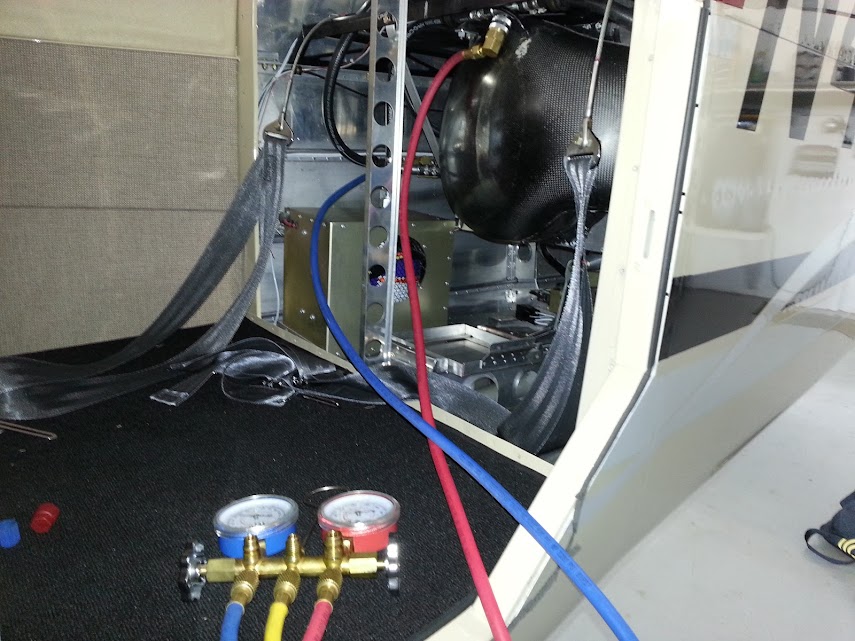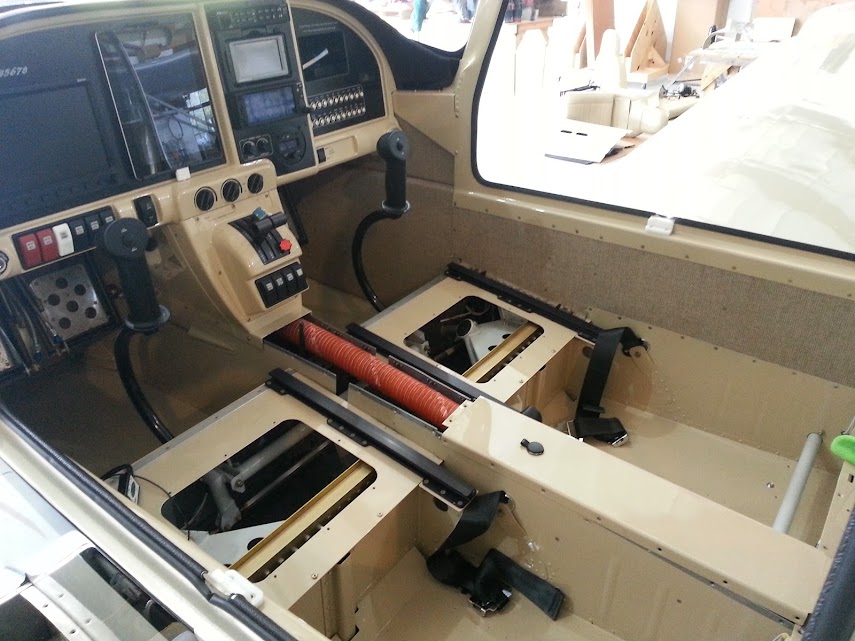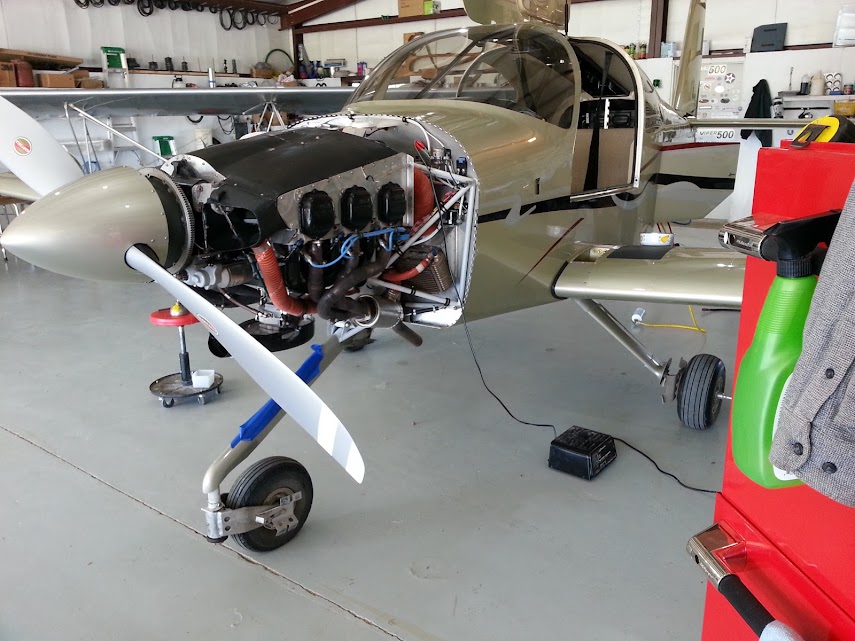Weasel
Well Known Member
So it is already time to do the conditional inspection for the first time.
A few things that am including is upgrading the main wheel pant brackets with Sean's RV-10 bracket supports. They worked loose about 1/2 way through the year (150 hrs or so) and now on of them is loose again. (280+ hrs).
I had to replace the original NGK standard plugs so I went ahead and got the iridium plugs so they should last a lot longer. The original set looks like they should have been changed several oil changes ago.
The oil filter was very clean. I hope it stays that way.
Compression was 77/80 on the lowest one and did a bore scope inspection on all cyl's. I have never done that before but all the valves looked great and the cyl walls still have nice hone marks in them.
I rotated the main tires at 200hrs or so and they look like they should make another 200 hrs.
Taking the seats out for access is kind of a pain but it can be managed.



A few things that am including is upgrading the main wheel pant brackets with Sean's RV-10 bracket supports. They worked loose about 1/2 way through the year (150 hrs or so) and now on of them is loose again. (280+ hrs).
I had to replace the original NGK standard plugs so I went ahead and got the iridium plugs so they should last a lot longer. The original set looks like they should have been changed several oil changes ago.
The oil filter was very clean. I hope it stays that way.
Compression was 77/80 on the lowest one and did a bore scope inspection on all cyl's. I have never done that before but all the valves looked great and the cyl walls still have nice hone marks in them.
I rotated the main tires at 200hrs or so and they look like they should make another 200 hrs.
Taking the seats out for access is kind of a pain but it can be managed.







